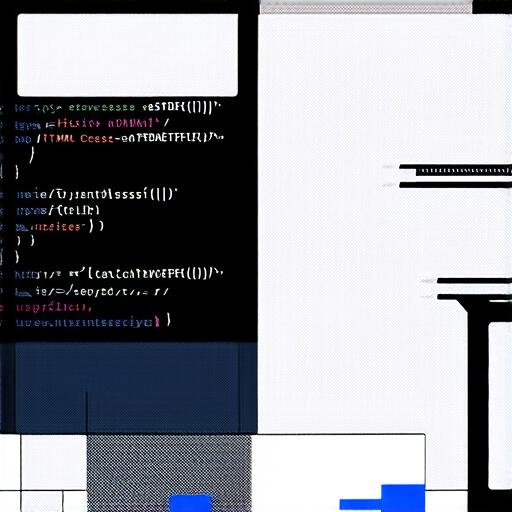While HTML lays the foundation, it’s the harmonious blend of CSS (Cascading Style Sheets) and JavaScript that adds color, rhythm, and life to our digital creations. This duo is akin to a symphony orchestra, with each playing a unique yet complementary role in creating engaging web experiences.
The Palette of Colors
CSS is the painter that brings our web pages to life by defining the layout, colors, fonts, and animations. It allows us to create visually appealing designs that enhance user experience. For instance, CSS can be used to style buttons, ensuring they are easily clickable and aesthetically pleasing. It also enables designers to choose from a vast palette of colors, gradients, and patterns, allowing them to create visually stunning web pages.
The Dynamism of Interaction
JavaScript, on the other hand, is the maestro that orchestrates interactivity. It enables web pages to respond to user actions, like clicking a button or scrolling down a page. JavaScript can also validate forms, create animations, and even manipulate HTML elements dynamically. For example, JavaScript can be used to implement a carousel, where images automatically slide when the user hovers over them.
The Evolution of CSS and JavaScript
Like HTML, both CSS and JavaScript have seen numerous updates over the years. CSS3 introduced new features like transitions, transforms, and animations, while JavaScript’s ES6 (ECMAScript 6) brought enhancements like arrow functions, template literals, and classes. These updates have expanded the capabilities of web development, making it possible to create more complex and dynamic websites.
The Power of Responsive Design

With mobile devices becoming increasingly popular, responsive design has become essential. CSS media queries allow us to create designs that adapt to different screen sizes, ensuring our websites look great on any device. This is crucial because it ensures that users have a consistent and enjoyable experience, regardless of the device they are using.
The Future of Web Development
As we move forward, the landscape of web development continues to evolve. The rise of frameworks like React and Angular, along with the increasing use of AI and machine learning, promises a more dynamic and interactive web. With the advent of technologies like WebAssembly, we can even run code written in other languages on the web! This opens up new possibilities for web development, making it an exciting field to be in.
FAQs
1. What is CSS?
CSS stands for Cascading Style Sheets. It’s a style sheet language used for describing the look and formatting of a document written in HTML.
2. What is JavaScript?
JavaScript is a high-level, interpreted programming language that is primarily used to add interactivity and dynamic content to web pages.
3. Why are CSS and JavaScript important in web development?
CSS and JavaScript are essential for creating visually appealing, interactive, and dynamic web pages. They enhance user experience by adding color, rhythm, and life to our digital creations.
4. How has CSS and JavaScript evolved over the years?
Both CSS and JavaScript have seen numerous updates since their inception. Each update introduced new features that expanded the capabilities of web development. For example, CSS3 introduced transitions, transforms, and animations, while JavaScript’s ES6 brought enhancements like arrow functions, template literals, and classes. These updates have made it possible to create more complex and dynamic websites.
5. What is responsive design?
Responsive design is an approach to web design that ensures a website looks great on any device, regardless of its screen size or orientation. This is achieved using CSS media queries, which allow designers to create designs that adapt to different screen sizes.
